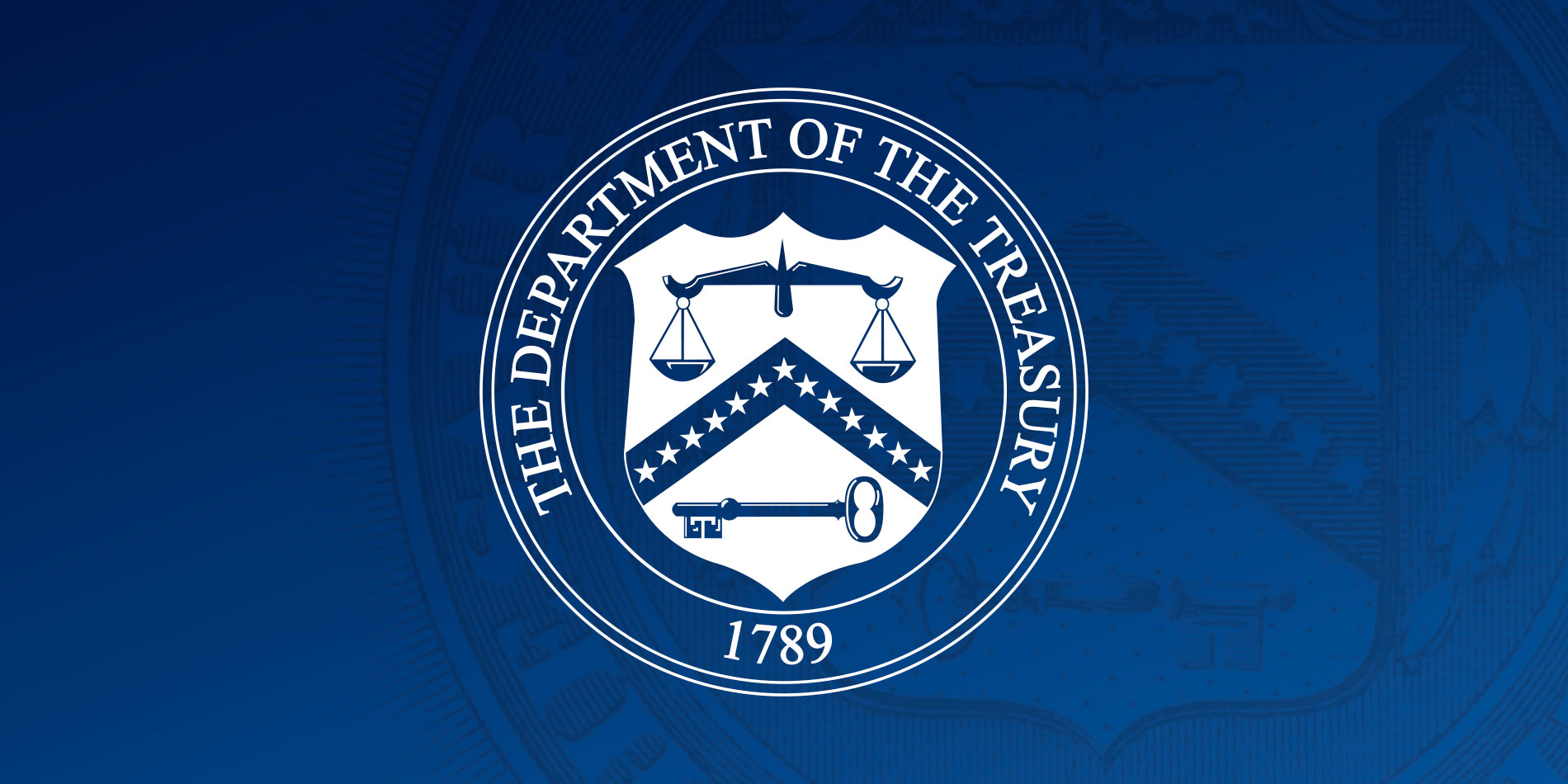As Prepared for Delivery
Thank you. I’m glad to be here in Pittsburgh at West Penn Hospital to talk about how the Biden Administration is lowering costs and getting Americans the health care they deserve.
Over the past three years, the Biden Administration has driven the strongest economic comeback of our lifetimes. Our country has seen particularly strong GDP growth and inflation has cooled sooner and more quickly, following the pandemic, than in other large, advanced economies.
We have made significant progress our fight to bring down inflation. Overall inflation is down by around two-thirds since its peak. The prices of key household expenses like gas, eggs, and airline fares have gone down. This morning’s CPI report showed that, in January, the headline consumer price index fell to 3.1 percent. That’s six percentage points below its peak in June of 2022. At the same time, the recession that many forecasters predicted we would need to see inflation come down hasn’t materialized. Instead, the American economy continues to grow.
We also have a historically strong labor market. More Americans are working and unemployment has been below 4 percent for the longest streak in 50 years. Household median wealth grew by 37 percent between 2019 and 2022. This is the largest three-year increase on record. And because real wages—wages after inflation—have gone up, Americans have more purchasing power. A worker earning the median wage can today afford the same basket of goods and services as in 2019, with $1,400 left over to save or spend.
President Biden and I recognize that the costs of some goods and services that matter to American families are still too high. Addressing this is one of our top priorities. It’s part of our broader economic agenda. Middle-class families in this country have faced too many challenges for too long. The President and I are committed to making middle-class lives better, so we’re pursuing an economic agenda that does this—from investing in infrastructure and manufacturing to create well-paying jobs to lowering costs.
Our work to give families more breathing room starts with energy costs. I traveled to Boston last month where I talked about how the Administration took action after Russia’s invasion of Ukraine to prevent spikes in energy costs. Though we’re focused on making historic investments in transitioning towards clean energy in the medium and long-run, record domestic oil and natural gas production have addressed our immediate needs. Energy prices have declined over the past year and a half, with gas now down around $1.80 per gallon from its high in June 2022. Thanks to the Inflation Reduction Act, taxpayers can also claim credits for energy improvements that will allow them to save on their utility bills. And in the years to come, the IRA will lower costs for clean energy technologies, making clean energy even more affordable for American families.
For decades, health care costs have also put pressure on the budgets of middle-class households. Here in Pennsylvania, health care spending per capita has increased since the 1990s. Across the country, middle-income households spend around one-fifth of their income on health care-related expenses. And almost half of all adults say it’s difficult to afford health care costs.
These high costs have real impacts. One in five adults report they haven’t filled a prescription because of the cost. One in ten say they’ve cut pills or skipped doses. I had an early view into the importance of health care since my father was a doctor, but all of us have experienced firsthand and seen for our families and friends what a difference access to good health care makes. The President and I believe it’s unacceptable that some Americans need to choose between their health and other needs, like putting food on the table.
This isn’t just a public health issue. It’s an economic one. As Treasury Secretary, I see the strain high health care costs can put on family budgets and know that families need more breathing room. And having affordable health care leads to stronger financial security for middle-class families. It saves Americans and our country money. For all these reasons, the President and I are committed to ensuring that Americans can afford the care that they deserve.
Since the start of this Administration, we’ve worked to make affordable health care, including prescription drugs, a reality for more Americans. The prior Administration tried to roll back the Affordable Care Act, jeopardizing protections for pre-existing conditions. It consistently undermined health care exchanges where Americans can sign up for the plans they want. From 2016 to 2020, enrollments stayed flat. In contrast, over 8 million Americans have gained coverage since President Biden took office. In 2022, the uninsured rate dropped to a historic low of just under 8 percent. And in the open enrollment period that ended a few weeks ago, over 21 million Americans signed up for health care coverage through the Affordable Care Act’s marketplace. This is an all-time record.
As we’ve expanded coverage, we’ve saved families hundreds of dollars. Let me explain how we did this.
First, we started with premiums. The American Rescue Plan lowered costs for health care by expanding tax credits. Families save an average of $40 per person per month on premiums and one-third of customers find coverage for $10 or less per month. The Inflation Reduction Act extended the American Rescue Plan’s low premiums. Nearly 15 million people are saving an average of $800 per year.
Second, because drug companies shouldn’t be able to unfairly profit off of hard-working Americans, the IRA helps level the playing field by allowing Medicare to negotiate prices for key prescription drugs. This is projected to reduce the deficit by over $95 billion. The IRA also requires drug companies to pay rebates to Medicare if they raise prices faster than inflation. There’s no justification for the same drug becoming more expensive over time. In 2023, these rebates saved some seniors on Medicare using these drugs as much as $600 per dose.
Third, the IRA lowers the costs of common health treatments. It caps the cost of insulin at $35 a month for Medicare beneficiaries. For many with Medicare, it also makes important vaccines available with no out-of-pocket costs and caps out-of-pocket spending on prescription drugs. This prescription drug cap is projected to lead to annual savings of $400 per person.
Beyond the American Rescue Plan and the Inflation Reduction Act, we’re also taking action to fight against unfair and surprise bills hurt that everyday Americans. We’re working to give Americans more predictability and control, from protecting consumers from unfair medical debt to cracking down on misleading insurance products that result in medical bills of thousands of dollars.
There are other actions the President and I would like to take to bring health care costs down even more. That includes making the low premiums we’ve put in place permanent. We also need to make sure Americans access the support that is available. For example, we’re doing all we can so that everyone eligible for Medicaid or CHIP coverage knows that they must take action to renew their coverage because states restarted their annual Medicaid and CHIP reviews last year. I encourage anyone here who is eligible to complete their renewal if they haven’t yet done so. We’re also progressing full steam ahead on other priorities, such as increasing transparency in health care plans so that Americans aren’t stuck in plans that don’t meet their needs. Across all our work, we remain focused on fairness, working to narrow gaps in coverage and in care.
The work we’ve done and have ahead on health care is crucial, and it’s motivated by the same values that motivate much of our economic agenda. By making health care more accessible and affordable, we’re helping middle-class Americans live healthier, more financially secure lives. Middle-class Americans are at the heart of our economy, and they’ll continue to drive our country’s success.
Thank you to all of you for being here today.
###
Official news published at https://home.treasury.gov/news/press-releases/jy2090


